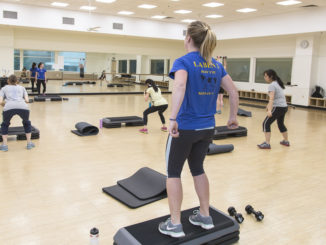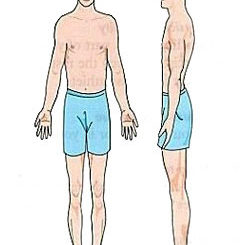
Running is a great way to keep in shape and one of the most effective exercises for weight loss. On the other hand, running also has the highest injury rate of any sport with over 50% of runners reporting an injury each year.
But running doesn’t have to be a painful experience. Running injuries of all varieties can largely be prevented by following just a few simple rules.
Rule 1 – Wear The Correct Footwear
Always wear high-quality shoes that are right for your foot type. The world of running shoes is confusing to most people-even experienced runners. The best way to find a good shoe for your foot type is to visit your local running store.
Most of these stores should offer some type of complimentary gait analysis testing that will help you focus your search into shoes that are for overpronators, neutral gaiters, or underpronators.
The selection of your shoe will have a tremendous impact on the strain that your legs undergo during your miles of training. A foot that is not allowed to pronate fully, or that pronates too much, because of poor shoe choice will undoubtedly be at higher risk for injury and will also transmit excessive forces through the legs, which increases injury risk to the ankles, knees, groin, hips, and even the lower back.
Rule 2 – Don’t Stretch
Never stretch before you run. Most runners stretch before a run. This may partly explain the high injury rate from running. Muscles, tendons, and other soft tissues are more pliable the warmer they are. Before a run, your muscles aren’t “cold”, but they are not very pliable either. A much better alternative than a pre-run stretch is to begin your run with 5 minutes of walking or easy jogging.
Then, you can increase the speed and run at your normal pace. By starting slowly, you gradually increase the temperature of your muscles without exposing them to excessive stretching force. Following the run is actually the best time to stretch since your muscles are at peak temperature and, therefore, at peak flexibility.
Rule 3 – Don’t Increase Your Mileage To Fast
Increase your weekly mileage by no more than 10%. A common mistake made by runners of all abilities is doing too much, too fast. Increasing your mileage from 20 to 25 to 30 miles a week doesn’t seem excessive at first glance.
However, several clinical studies have determined that runners who increase weekly mileage by more than 10% each week are at increased injury risk. The examples above are on the order of 20-25% per week.
A better approach is to increase from 20 to 22 to 24 to 26 to 29 and so on. Sure, it takes longer to build up the weekly mileage, but you also stand a much better chance of being able to run continuously throughout the year instead of ramping up quickly and then letting an injury abruptly interfere with your training for days, weeks, or even months.
Rule 4 – Train and Strengthen Your Leg Muscles
Strengthen your leg muscles. Sure, running strengthens your leg muscles-but not all of them. Running makes the muscles on the back of your leg stronger such as the buttocks, hamstrings, and calves.
However, the muscles on the front of the leg are generally neglected like the groin, quadriceps, and shins. The muscles on the sides of your legs such as the peroneals and the iliotibial band that help to stabilize your joints on impact are also generally weak. It is imperative then that runners do strengthening exercises for these muscles to ward off overuse injuries.
Rule 5 – Take Breaks From Training
Take periodic breaks from training. Regular running causes microscopic tears in the muscles and connective tissue. At first, these tears are unnoticeable. But with continued frequent running, these tears can progress to painful strains, which can take several weeks to recover from. A good rule of thumb is to back off from your normal training volume by 50% every fourth week.
For example:
If your average weekly mileage over three weeks is 30 miles, run only 15 miles the next week. This cycle should be repeated every month. These regular breaks will prevent injury and help prevent chronic fatigue from overtraining.
Rule 6 – Consume A Healthy Balanced Diet
Consume a diet that is proper for a running athlete. While the calories expended during running may afford you a pizza or some french fries, junk and fast foods do not provide you with the essential nutrients to build muscle and keep connective tissue strong and nutrified.
A healthy diet should concentrate on lean proteins, plenty of fruits and vegetables, whole grains and healthy fats. Some may depend on dietary supplements for extra nutrition.
However, the jury is in that whole foods rich in natural vitamins are key. If choosing dietary supplements, try to choose whole food derived supplements such as concentrated aloe vera juice.
Summary
There are a multitude of different types of running injuries. However, most of these injuries stem from one or more of the above causes. By following these six simple rules, you will enjoy injury-free running for a long time to come.



Be the first to comment